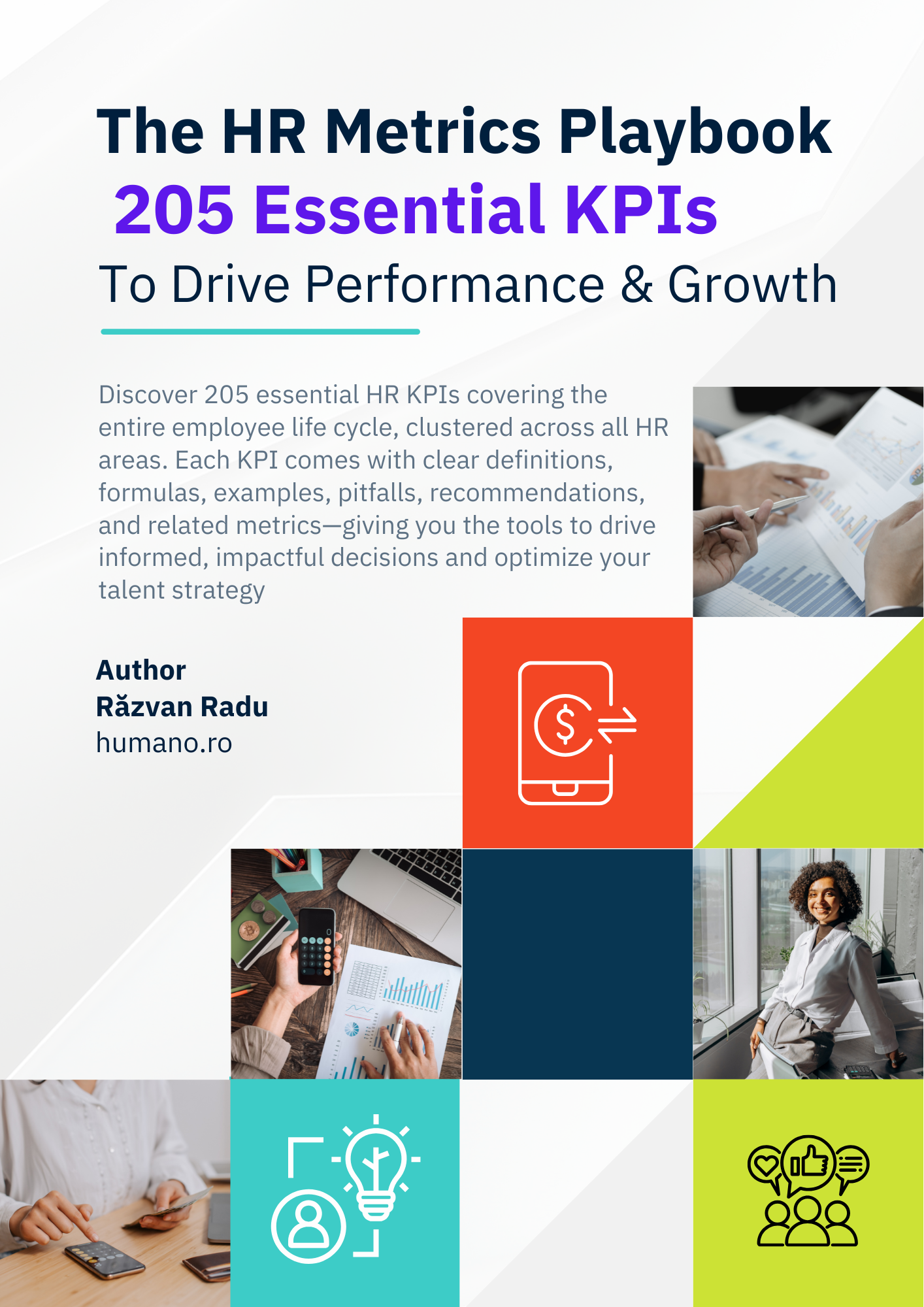How much does absenteeism costs our organizations? Well, first of all let’s see what absenteeism is.
Absenteeism is defined as a pattern of absence from work for no reason. It is generally accepted to be composed of unplanned absences. Rest leave, national holidays and holidays or maternity leave are not considered absenteeism.
Absenteeism rate:
- Identify the number of working days during the reference period (note that legal free days should be substracted).
- Identify the number of days lost due to the phenomenon of absenteeism (medical leave, unmotivated absences, etc.). Consider the working day composed of 8 hours. This will allow you to quantify partial day leaves.
- Absenteeism is the ratio between the days lost due to absenteeism and the number of working days available. Being a ratio, the value obtained is expressed as a percentage.
An absenteeism rate of less than 2% is considered to be normal.
Potential causes of the phenomenon:
- Disease / accident
- Care for family members (children, dependents)
- Bullying / harassment
- Burnout
- Low performance
- Job hunting
- Costs with absenteeism may be direct or indirect and we can list:
Visible or hidden costs of absenteeism are:
a. Overtime
b. Lost Productivity
c. Time lost by the manager to manage the situation
d. Decrease motivation of employees present
e. Staff turnover
How much does Absenteeism cost our organizations? Studies reveal different amounts and they are huge.
Gallup states that organizations lose annually 153 billion dollars of lost productivity due to absenteeism.
CIRCADIAN states that for the US the cost per year of organizations with absenteeism amounts to:
a. $ 3600 / year for each employee by hour and
b. $ 2650 / year for every full-time employee.
Several theories support for simplicity that we should calculate the hourly cost of the absent employee and multiply it by the number of hours of absence then multiply it by 2. Basically a day of absenteeism costs us two.
Razvan Radu
Would you like to have access to more than 200 HR metrics with formulas and explanations? Join HR Metrics Library
KPI available in Humano People Analytics Platform.

